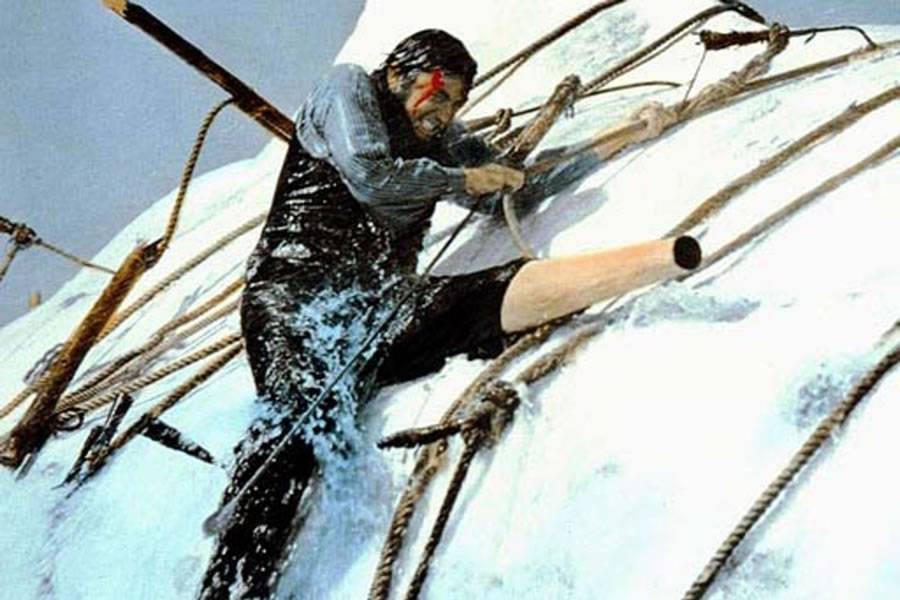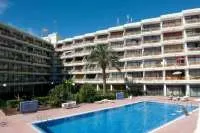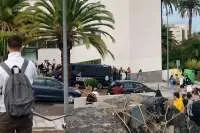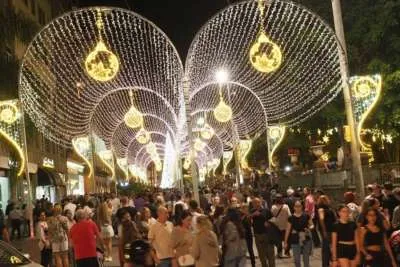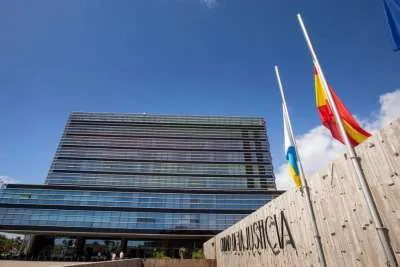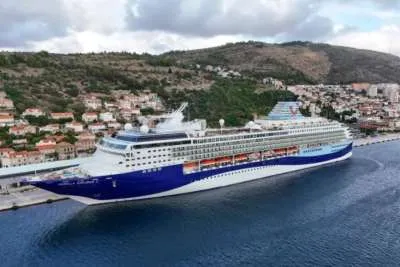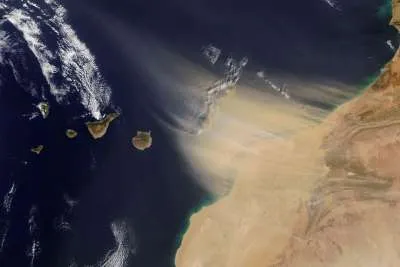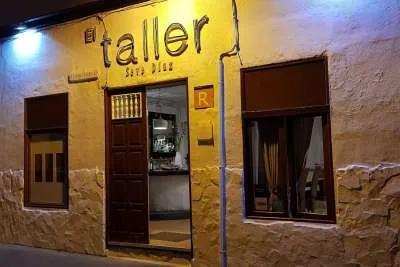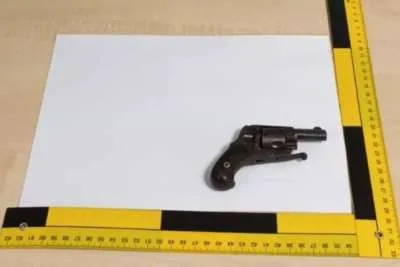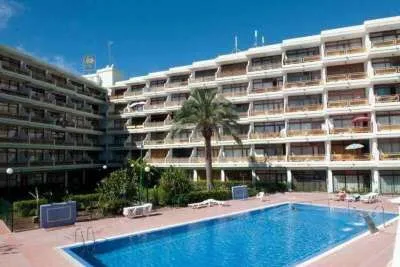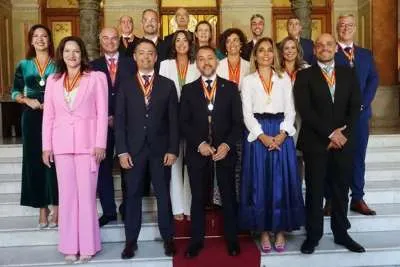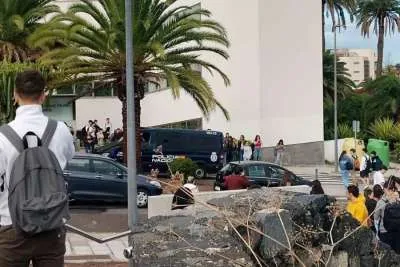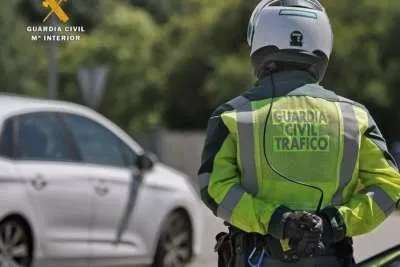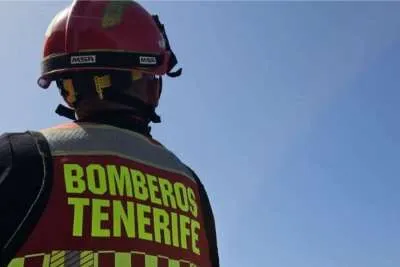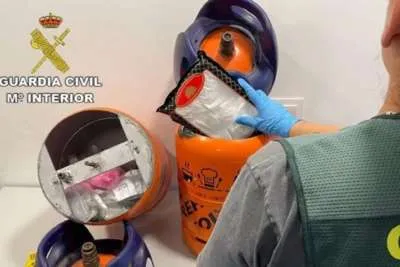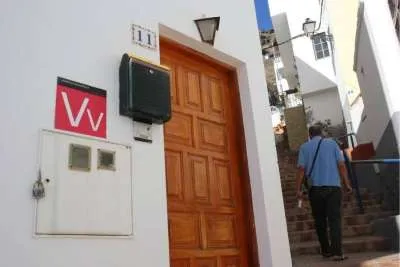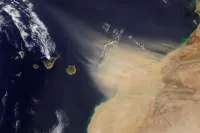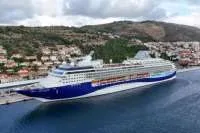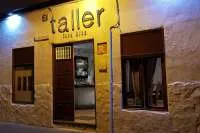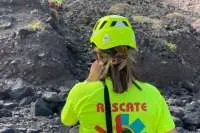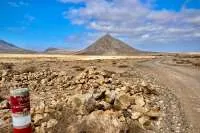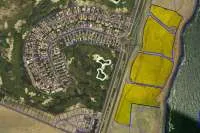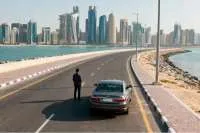70th anniversary of filming the iconic movie Moby Dick in Gran Canaria
- 21-06-2025
- Gran Canaria
- Canarian Weekly
- Photo Credit: Ayuntamiento de las Palmas
In a heartfelt tribute, Las Palmas de Gran Canaria has honoured local residents who took part in the filming of Moby Dick, one of the most iconic movies ever shot on the island.
The ceremony, organised by the Council, commemorates the 70th anniversary of the film’s production in 1955, a moment that forever linked the city to Hollywood history.
Directed by the legendary John Huston and starring Gregory Peck as the obsessive Captain Ahab, Moby Dick brought a piece of classic American literature by Herman Melville to life against the backdrop of Gran Canaria’s coastline.
Over five weeks, from December 1954 to January 1955, the capital city transformed into a film set, welcoming international stars and production crews, after filming was relocated due to bad weather in Fishguard (Wales) to La Isleta in the capital of Gran Canaria, producing 25 minutes of footage in the finished film.
70 local residents were cast as extras or contributed behind the scenes, including 40 shipbuilders from the English company Hull Blyth who built the iconic whale itself.
One of them was Pedro Vázquez, who said that the whale was built with wood and rubber and measured 25.60 metres long and weighed 100 tons, although they had to work against the clock and with just a model after the two used when filming in the UK had broken and disintegrated during production.
"We'd never have done a project of this magnitude without the safety measures we have today. I'll remember that whale forever," Vázquez recalled emotionally.
Research conducted by film expert Luis Roca explains that the maritime filming of "Moby Dick" took place a mile and a half from the Muelle Grande, which was then the outer breakwater of the Port of La Luz.
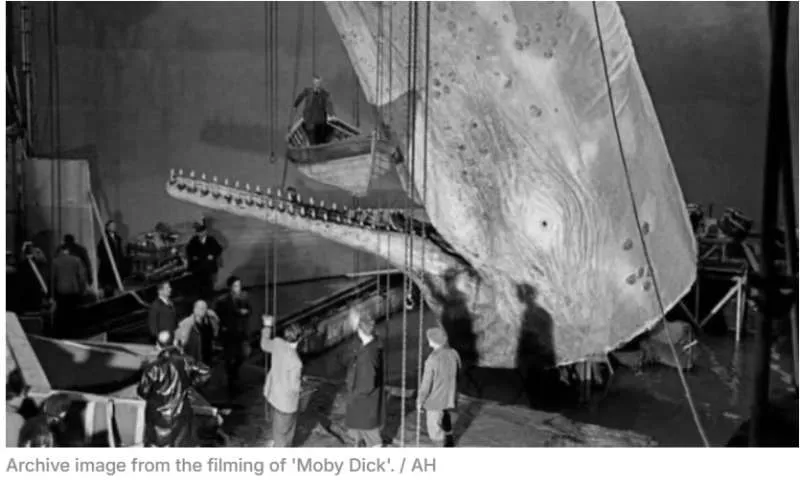
The Moby Dick model whale had an underwater shackle on the bow and a 70-metre rope tied to it, attached to a tugboat. During the filming, which usually took place between nine in the morning and five in the afternoon, the whale's head would rise or fall depending on the power with which the tugboat pulled the model, so depending on the scenes or shots, skipper José Carvallo controlled the speed of the boat.
The recent tribute was held at the historic Santa Catalina Hotel, which famously hosted many members of the cast and crew during the shoot. Honoured participants included production assistants, extras, and support staff.
Pedro Quevedo, Councillor for Tourism and First Deputy Mayor, remarked: "Moby Dick is part of the cultural identity of Las Palmas de Gran Canaria. It’s important to celebrate our history and recognise the people who contributed to it. Events like this help us keep these wonderful stories alive for future generations."
To mark this milestone, Turismo LPA has also published a special guide, written and coordinated by Luis Roca. The guide offers a fascinating journey through the film’s locations, sharing behind-the-scenes anecdotes, historical photos, and insights into how this major production impacted the local community in the 1950s.
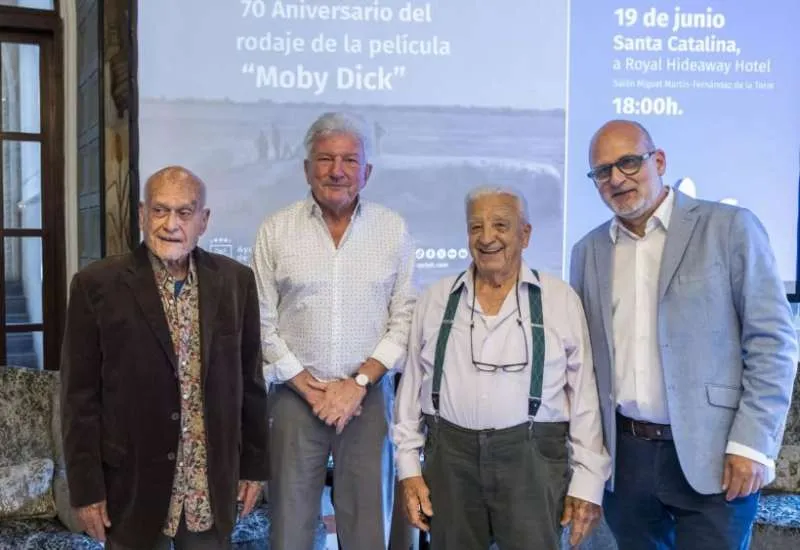
Visitors interested in exploring this unique chapter of cinematic history can now access the guide in Spanish, English, German, French, and Italian. Available both in print at the city’s tourist information centres and online, the guide provides an enriching experience for film buffs and history lovers alike.
Other articles that may interest you...
Trending
Most Read Articles
1.
Featured Videos
A Vision of Elvis Tenerife Promo
- 10-05-2025
TEAs 2025 Highlights
- 17-11-2025


